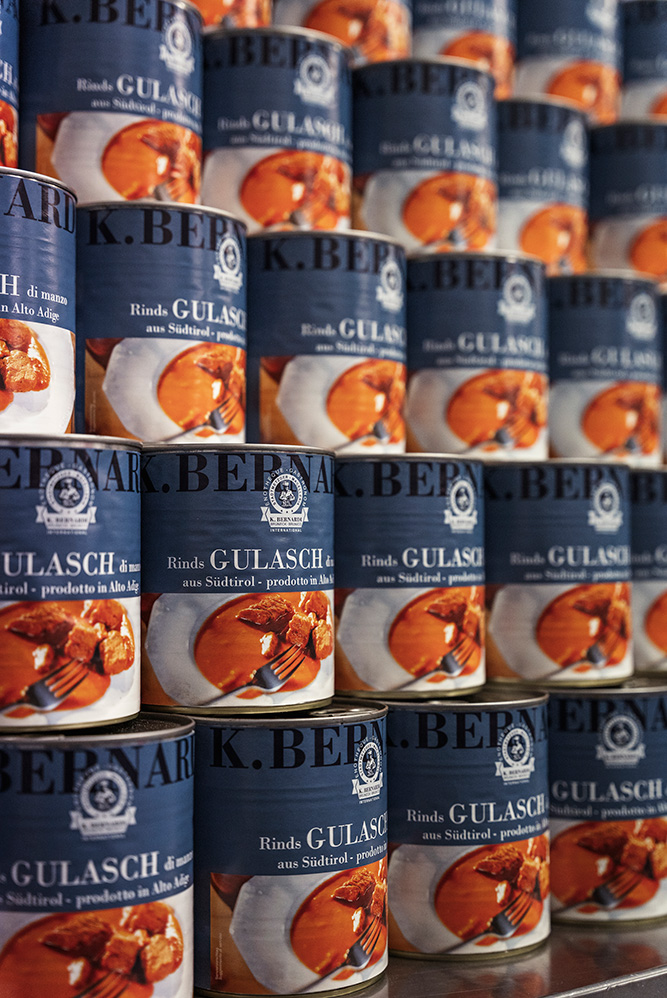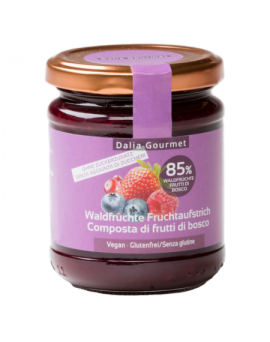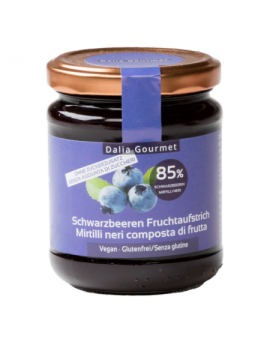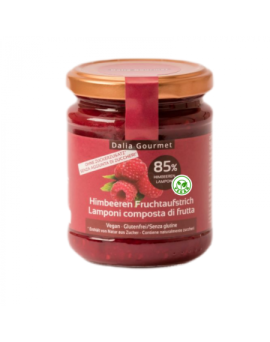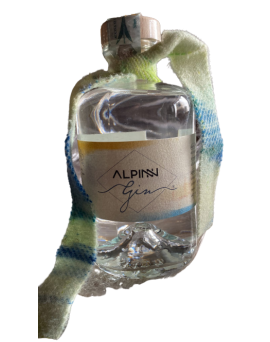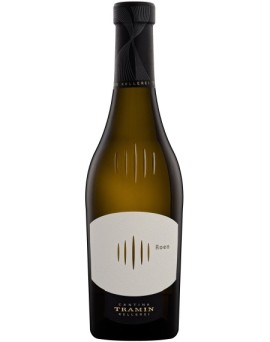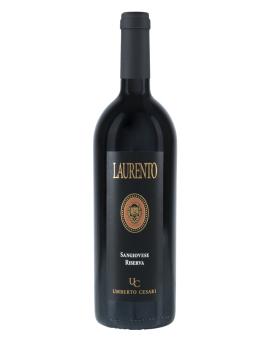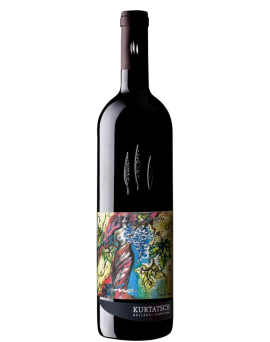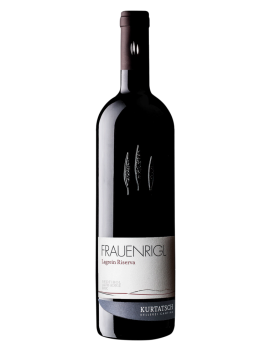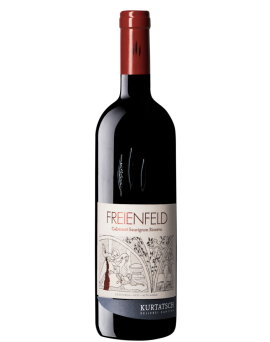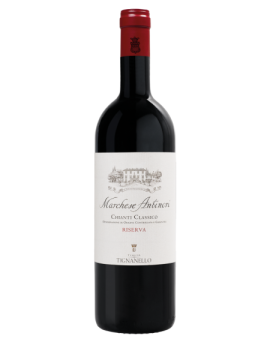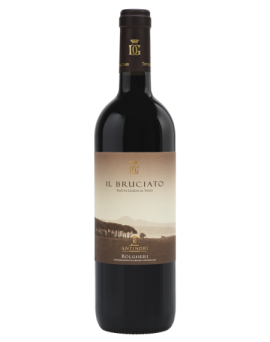Il Bruciato 2019<br />Classification DOC<br />Vintage 2019<br />Climate: The 2019 vintage was marked by a generally cold period between April and May and by generally warm and dry weather until July. The initial slight delay in the<br />vegetative cycle was recovered from the summer onwards. The sudden rise in temperature, especially for the later varieties where fruit set had not yet been completed,<br />favoured a production characterised by light, sparse bunches. The stable and sunny weather in August and September enabled the grapes to complete their ripening in<br />optimum conditions. The harvest began with Merlot at the beginning of September and ended with Cabernet Sauvignon at the beginning of October. The other varieties were<br />also harvested in mid to late September: Syrah and small quantities of Cabernet Franc and Petit Verdot.<br />Vinification: On arrival at the winery, the selected grapes were destemmed and softly crushed. Fermentation and maceration took place in temperature-controlled stainless<br />steel tanks for a period of about 10-15 days at a temperature of 28-30 °C. Some of the Merlot and Syrah must was kept at lower fermentation temperatures to preserve the<br />varietal aromas. Malolactic fermentation took place partly in barriques and partly in stainless steel tanks, and was completed by the end of the year for all varieties. The<br />Cabernet Sauvignon was then blended with Merlot, Syrah, and small quantities of Cabernet France Petit Verdot. The wine thus obtained was returned to the barrique, where<br />it rested before being bottled.<br />Historical data: Tenuta Guado al Tasso is located in the small, prestigious DOC area of Bolgheri, on the coast of the Alta Maremma, about a hundred kilometres south-west<br />of Florence. This appellation has a relatively short history (it was founded in 1994) but boasts international fame as a new point of reference in the world wine scene.Tenuta<br />Guado al Tasso covers an area of 1,000 hectares - about 320 planted with vines, the rest with wheat, sunflowers and olive trees - in a splendid plain surrounded by hills<br />known as the 'Bolgheri amphitheatre' for its particular conformation. The vineyards of Guado al Tasso are mainly composed of Cabernet Sauvignon, Merlot, Syrah, Cabernet<br />Franc, Petit Verdot and Vermentino grapes. They enjoy a mild climate due to the proximity of the sea: the constant breezes mitigate the summer heat and the rigours of<br />winter, clean the sky and keep the sunshine index high. Il Bruciato was born in 2002, during one of the most difficult harvests of Tenuta Guado al Tasso, to tell the story of<br />the unique terroir of Bolgheri in a modern style. Initially, the grape used was that of Guado al Tasso, but over the years the varietal composition has changed and there is<br />now a dedicated rose of varieties. The Bruciato was not produced in 2003.<br />Tasting Notes: The 2019 Bruciato shows its usual intense ruby red colour. The nose is characterised by notes of small, intact black fruits, sweet spices and tobacco. The<br />palate has good structure, harmony and pleasantness of drinking. In the aftertaste, fresh and fruity notes predominate, giving the wine succulence and sweetness.<br />
Price
€30.80

